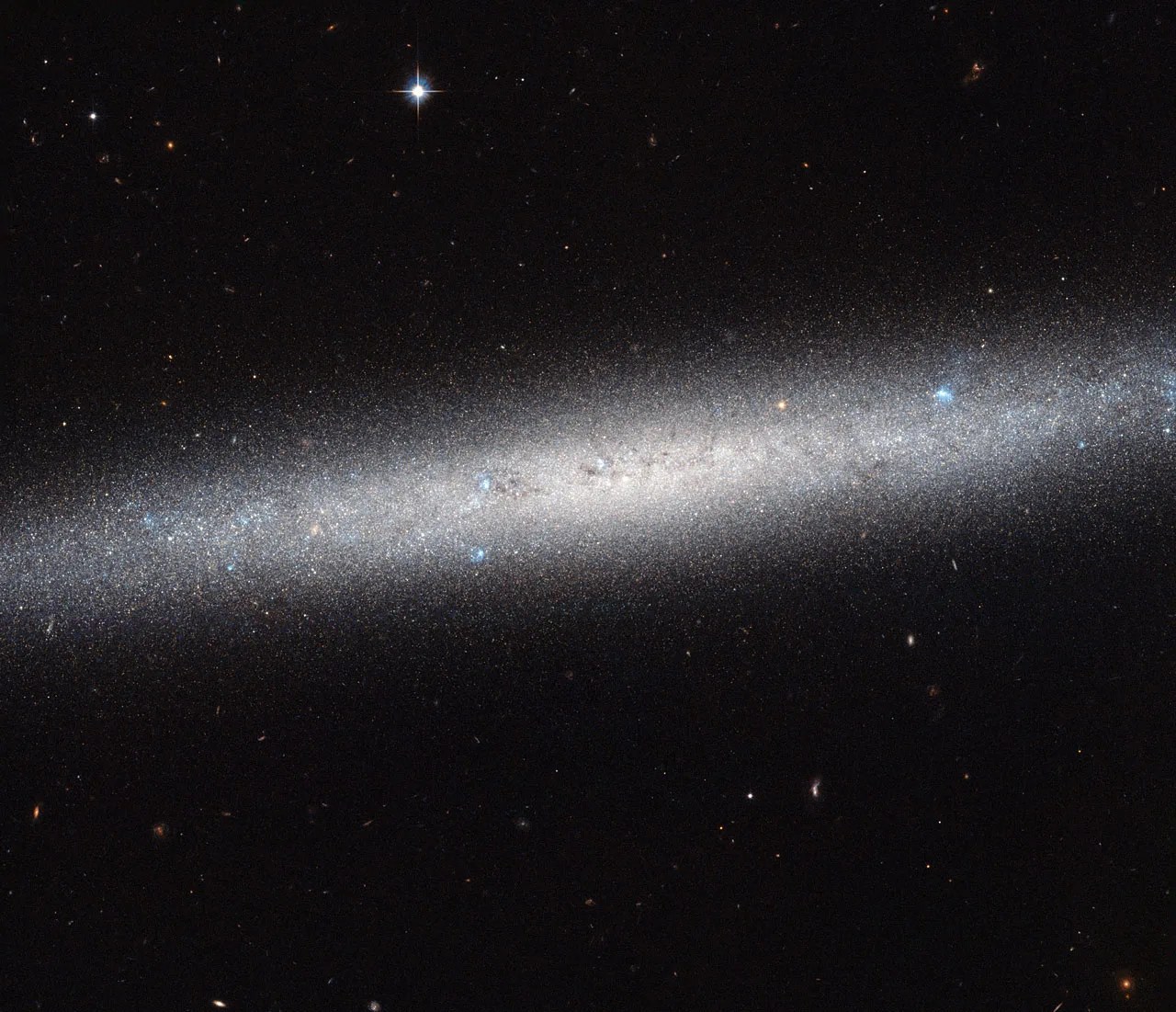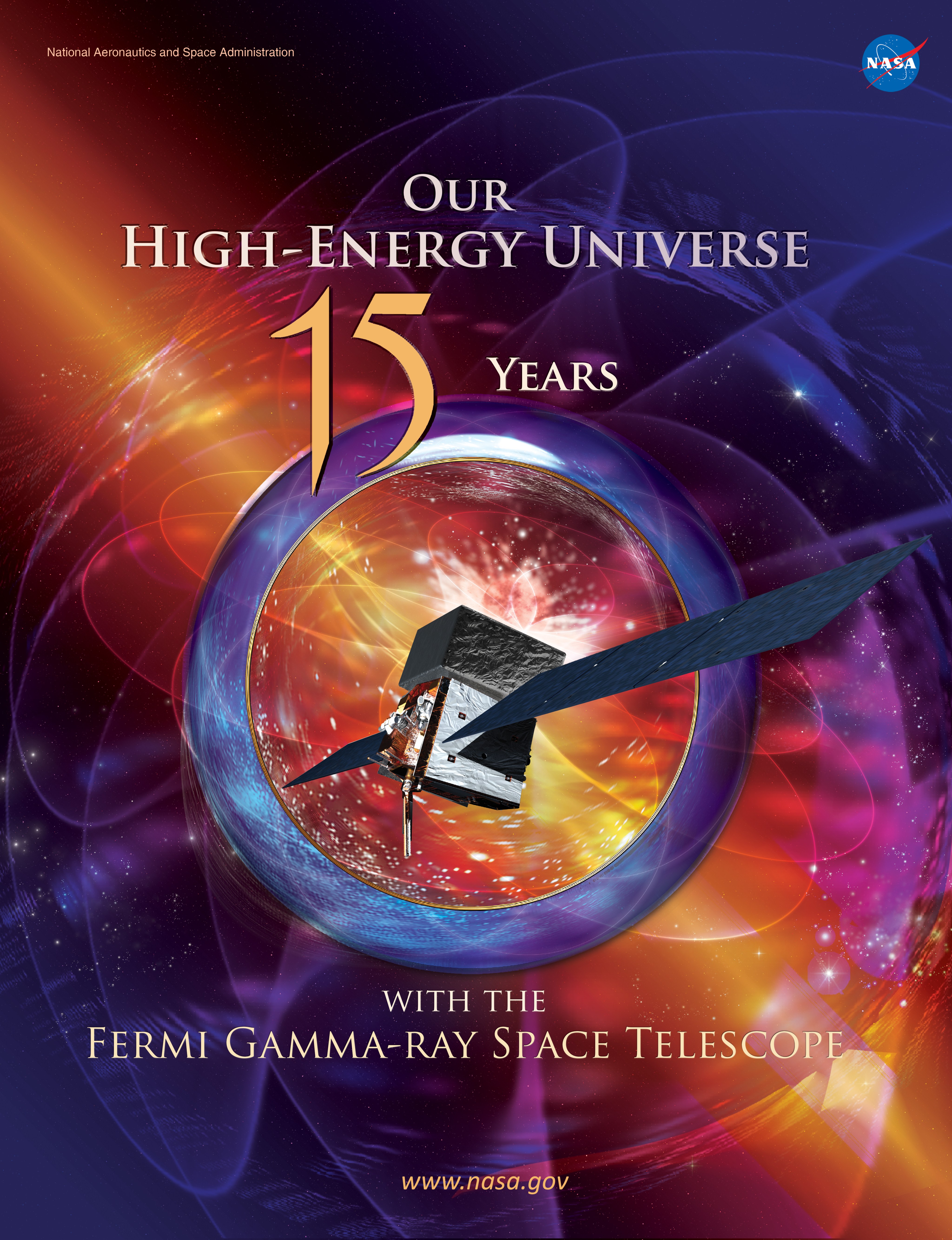2 min read

This NASA/ESA Hubble Space Telescope image shows an edge-on view of the spiral galaxy NGC 5023. Due to its orientation we cannot appreciate its spiral arms, but we can admire the elegant profile of its disk. The galaxy lies over 30 million light-years away from us.
NGC 5023 is part of the M51 group of galaxies. The brightest galaxy in this group is Messier 51, the Whirlpool Galaxy, which has been captured by Hubble many times. NGC 5023 is less fond of the limelight and seems rather unsociable in comparison — it is relatively isolated from the other galaxies in the group.
Astronomers are particularly interested in the vertical structure of disks like these. By analyzing the structure above and below the central plane of the galaxy they can make progress in understanding galaxy evolution. Astronomers are able to analyze the distribution of different types of stars within the galaxy and their properties, in particular how well evolved they are on the Hertzsprung–Russell Diagram — a scatter graph of stars that shows their evolution.
NGC 5023 is one of six edge-on spiral galaxies observed as part of a study using Hubble’s Advanced Camera for Surveys. They study this vertical distribution and find a trend which suggests that heating of the disc plays an important role in producing the stars seen away from the plane of the galaxy.
In fact, NGC 5023 is pretty popular when it comes to astronomers, despite its unsociable behavior. The galaxy is also one of 14 disk galaxies that are part of the GHOSTS survey — a survey which uses Hubble data to study galaxy halos, outer disks and star clusters. It is the largest study to date of star populations in the outskirts of disk galaxies.
The incredible sharp sight of Hubble has allowed scientist to count more than 30,000 individual bright stars in this image. This is only a small fraction of the several billion stars that this galaxy contains, but the others are too faint to detect individually even with Hubble.
Text Credit: European Space Agency







